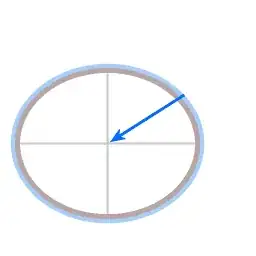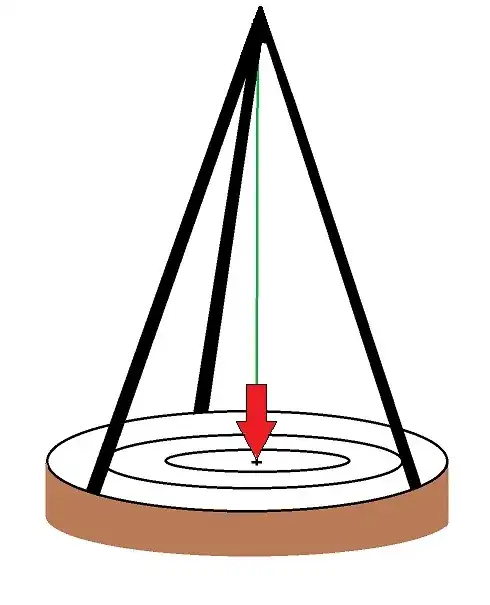The diagram below depicts the source of the centripetal force.
Every rotating celestial body that is large enough to pull itself into an energy minimizing shape has an equatorial bulge. (Over geologic time scale the solid rock of the Earth's tectonic plates is ductile. )
The diagram shows a celestial body with a far larger equatorial bulge than the Earth; for clarity the equatorial bulge is exaggerated.

Any buoyant object is subject to a normal force (red arrow).
When a celestial body has an equatorial bulge the gravitational force is not exactly opposite in direction to the normal force. So there is a resultant force. From here on I will refer to that resultant force as the poleward force.
In the case of the Earth: polar radius is 6357 kilometer, equatorial radius is 6378 kilometer. The difference is 21 kilometer.
This means that from the equator to the pole is a downhill slope. If that slope would not be there then the water of the Earth would flow to the Equator. The Earth's equatorial bulge prevents that.
Example: at 45 degrees latitude the slope is 0.1 degree. That slope provides the required centripetal force to remain co-rotating with the Earth. At 45 degrees, to find the amount of required centripetal force you divide by 580, that is the ratio.
Divide your own weight by 580, that is how much centripetal force is required for you (at 45 degrees latitude). If you have a weighing utensil you can push: that will give you a feel for it.
I noticed that other answers suggest that the required centripetal force is provided by friction. That is a whopping mistake.
70 percent of the Earth's surface is ocean, and it is not the case that the oceans are deeper at the equator. There are differences in ocean depth, but they are not correlated with latitude.
For the water in the oceans there is no friction available. The oceans are the same depth at the equator because the equatorially bulged shape of solid Earth provides just the right amount of poleward force.
About the process that arrived at the current equatorial bulge:
Prior to formation the material that was about to form the Earth was distibuted in the form of a proto-planetary disk. As the planet formed the blob of material became more and more spherical. Geologists have reconstructed that shortly after formation the rotation period of the Earth was about 6 hours; 4 times faster than today.
When a forming celestial body contracts to a more spherical form there is release of gravitational potential energy. That gravitational potential energy turns into rotational kinetic energy. That is: the contraction tends to speed up the rate of rotation. At some point the celestial body cannot contract further, as that would cost more energy than would be released.
Tidal interactions with the Moon have been slowing down the Earth's rotation thoughout the Earth's existence. Over geologic time scale the Earth as a whole is sufficiently ductile to act effectively as a fluid. A very, very viscous fluid, but fluid. For more on that: see the pitch drop experiment
In celestical mechanics the shape of a rotating celestial body is referred to as 'hydrostatic equilibrium'. With hundreds of millions of years available to adjust a celestial body has the same shape as a celestial body that is entirely an easy flowing fluid.

